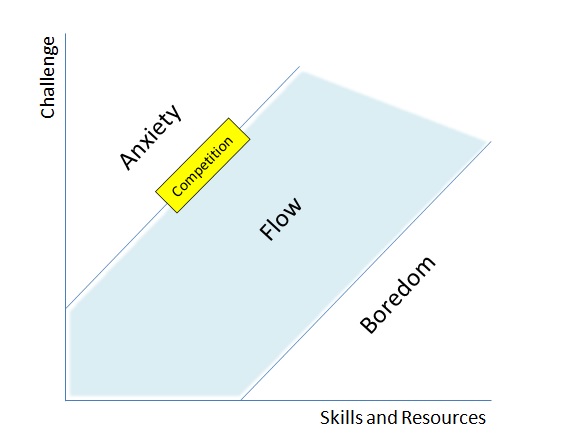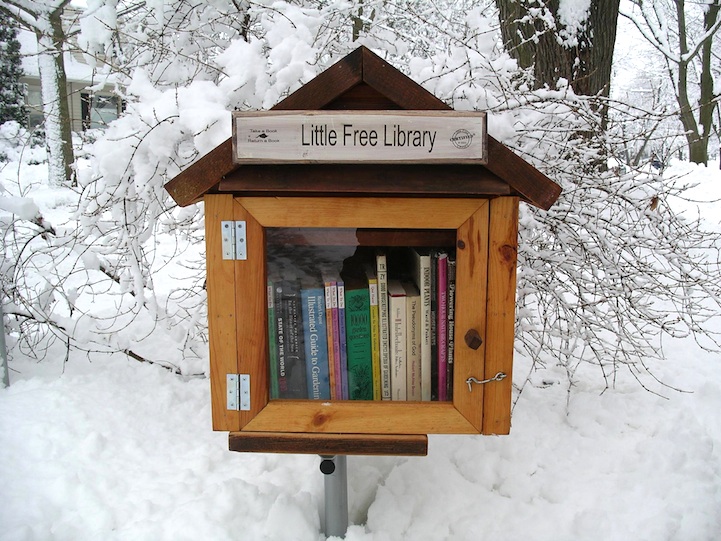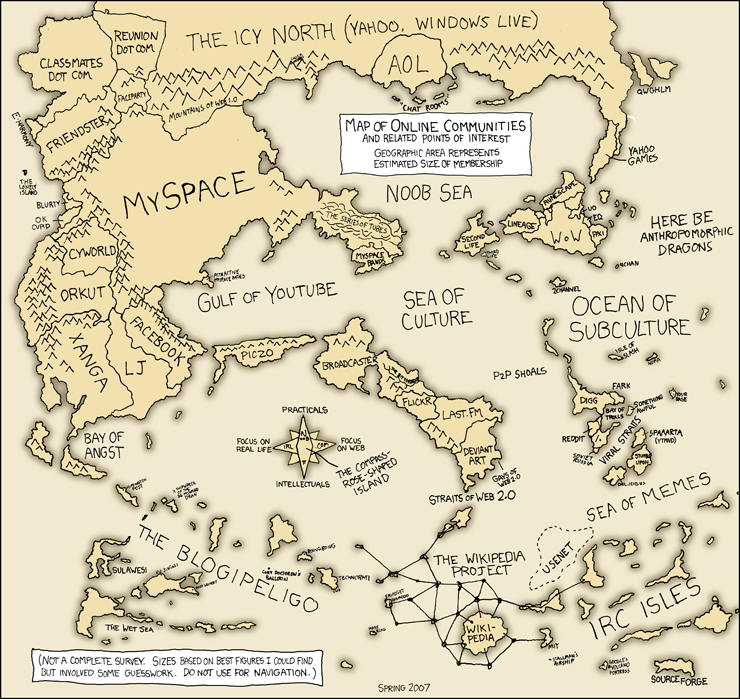I’ve been looking back on the highlights of the past year, and previous years, and it’s got me reflecting on the power of making KM engaging, fun and tangible in some way. Back in 2010, I wrote about KM Top Trumps, and how I used them with a group of business improvement professionals to help them get to grips with the breadth of KM tools and techniques available. I still use these today with groups.
Two happy memories from the past year:
Social Network Mapping with the UN in Ethiopia.
For several years now I have worked with the United Nations System Staff College on a KM leadership programme. This year saw me out in Ethiopia working with representatives from across the continent. Communities, Networks and Networking featured heavily in one particular module, and having contrasted the sharing and networking habits of birds, bees and sheep, we engaged in a practical Network Analysis exercise which brought the room to its feet, and put smile on every face.
Each participant was given 5 coloured ribbons and asked to give one end to another colleague – the different colours indicated different relationships: for example: – Who have you known the longest? Who would you ask for technical advice? Who would you share an innovative idea with first?
Energy levels rose instantly, accompanied by smiles and laughter.
Once each ribbon had been shared, the group carefully lowered them to the floor and stepped out of the web, replacing themselves with their placenames from the tables.
As a group, we could then stand around the pattern and discuss what it told us about the relationships, collaboration and knowledge flow.
Snakes and Leaders – a creative way to explore the first 100 days of a community of practice.
Syngenta have been a client for a number of years now, and have been looking for new ways to up-skill the core teams of their networks, especially in the early stages of growth.
We worked together to document the ups and downs of network development during the first critical 100 days, and created a familiar-yet-different board game which embedded these critical moments, with one or two additional twists and turns. Creating the game together, and tailoring the rules for different parts of the business caused us to think critically about the non-negotiables and key principles of networks; probably one of the most enjoyable codification exercises I've been involved with. Thank you Syngenta!
I’m looking forward to hearing how the game has gone down (or up!) this year.










